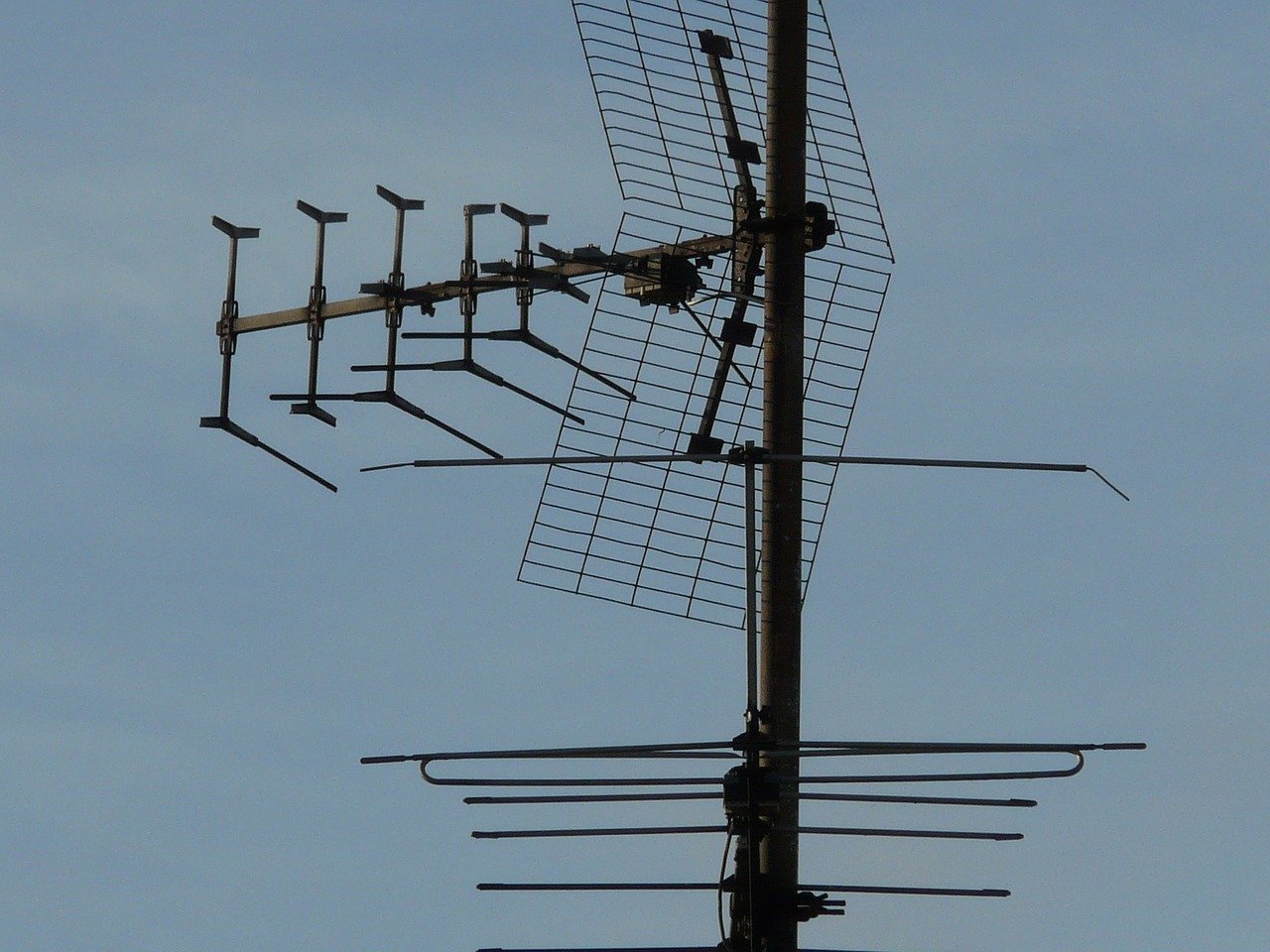
How does an antenna work?
The electromagnetic waves drive current from one end of the antenna to the other. The efficiency of an antenna depends on the length of the antenna in relation to the wavelength of the electromagnetic waves to be received.
An antenna on a transistor radio is between 10 and 20 centimeters when inserted. If it sounds bad, pull it out so that it is up to one meter long and approach the most effective length of an antenna – one and a half meters. An antenna that has one end in a wave crest and the other in the wave valley in the middle between the wave crests is more efficient.
Making the antenna several wavelengths long does not increase efficiency, there will only be more areas within which current can swing back and forth.
For a transmitting antenna, the same rules apply as for a receiving antenna. But, instead of electromagnetic waves that cause current to oscillate back and forth, you create current that oscillates back and forth in the antenna, which then radiates electromagnetic waves. Radiation is the same as electromagnetic waves.
Radio antenna
It is most common to use an antenna with a radio transmitter or radio receiver. In transmission, a radio transmitter delivers an electric current that is oscillating when you have a certain radio frequency, ie a high-frequency alternating current to an antenna terminal, and the antenna radiates the energy from a current as electromagnetic waves, so-called radio waves. In the reception, an antenna captures part of the force in the electromagnetic wave to produce a smaller voltage at different terminals, it is the one that is applied to a receiver that is to be amplified.
Antennas have important components in their equipment to be able to hear, among other things, radio. They are used in various systems such as for radio, TV, two-way radio, communication receivers, radar receivers, mobile phones, and satellite communications. There are also other devices such as garage door openers, wireless microphones, Bluetooth devices, wireless computer networks, baby monitors, and RFID tags on souvenirs.
A typical antenna consists of an arrangement of metallic conductors, elements, an electrical connection where one usually uses an antenna as a transmission line and the receiver or as a transmitter.
The oscillating current of electrons is forced through the antenna by a transmitter which in turn will create an oscillating magnetic field around the antenna elements, the charge of the electrons also creates an oscillating electric field along with the elements.
These time-varying fields in turn radiate away from the antenna into space as a moving transverse wave with an electromagnetic field. Conversely, at the receiver, the oscillating electric and magnetic fields are an incoming radio wave on the electrons in the antenna elements, which causes them to move both back and forth, which in turn creates an oscillating current in the antenna.
Antennas can be designed to be able to transmit with them and at the same time also be able to receive radio waves in all different horizontal directions or preferably to a specific direction. In the latter case, an antenna may also comprise several elements or in areas where there is no electrical connection to a transmitter or receiver, such as parasitic elements, parabolic reflectors, or horn-shaped, which serve to control the radio waves like a beam or other radiation pattern such as you want to send with.
The first antennas were built in 1888 by a German physicist named Heinrich Hertz and he had in his pioneering experiments to prove the existence of the electromagnetic waves predicted by a theory by James Clerk Maxwell. Hertz placed dipole antennas at the focal point of parabolic reflectors for both transmission and reception.
You must have a type of antenna to be able to receive a radio signal and transmit that signal on radio or whatever device you want to transmit to.
At low frequencies, such as AM transmissions, it is with groups of vertical towers that are used to achieve rich and they will occupy large land areas. For the reception, a long antenna can be used and it is also important that it is directed correctly. For non-directional portable use, using a short vertical antenna or a small frame antenna also works well, with the main design challenge being that of impedance matching.

